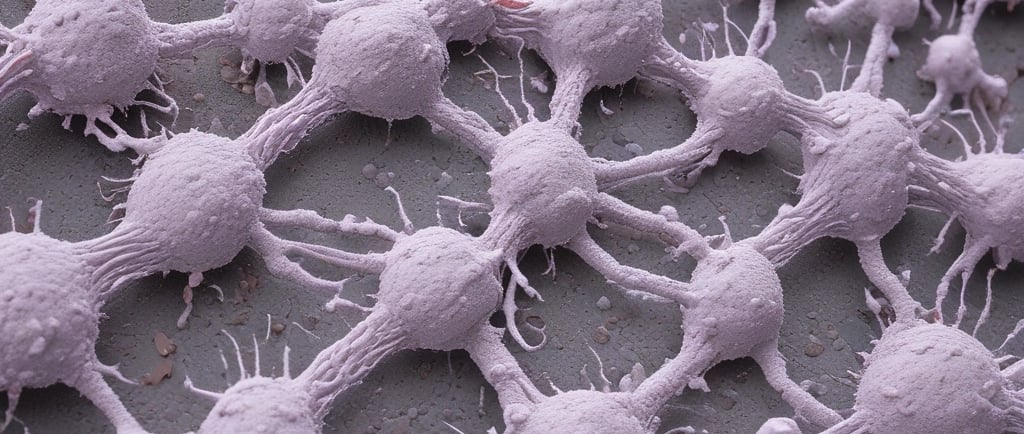The Role of Enkephalin-Producing Regulatory T Cells in Controlling Skin Inflammation
9/10/20251 分钟阅读


Understanding Enkephalin-Producing Regulatory T Cells
Enkephalin-producing regulatory T cells play a significant role in the immune system's ability to manage inflammation, particularly within the skin. These specialized T cells are essential in the modulation of local immune responses, especially in contexts where nociception—the sensory perception of pain—needs to be finely controlled.
Mechanisms of Action in Local Inflammation
The primary function of enkephalin-producing regulatory T cells in the skin is to restrain local inflammation. By releasing enkephalins, these T cells help mitigate excessive immune responses that can lead to tissue damage. Enkephalins are known for their pain-relieving properties; in this scenario, they act to create a balanced environment where inflammation is controlled, thereby preventing chronic conditions that typically result from uncontrolled inflammatory responses.
The Importance of Nociception Control
Controlling nociception is crucial for overall skin health. When enkephalin-producing regulatory T cells inhibit overactive nociceptive pathways, they help reduce pain and inflammation. This regulation is particularly important in dermatological conditions where inflammation is a prominent feature, such as psoriasis and eczema. Studies suggest that enhancing the function of these T cells may present new therapeutic options for managing skin inflammation and pain, showcasing the intersection between immunology and pain management.
The skin is highly innervated by sensory neurons that initiate protective behavioral and tissue responses to a wide range of stimuli, but how the immune system affects sensation is not fully understood. Using short-term regulatory T (Treg) cell ablation in mice, Mendoza et al. found that Treg cells restrain activation of sensory neurons in the skin, which limits psoriatic inflammation. Expression of Penk, a gene that encodes the precursor neuropeptide for enkephalin, was required for Treg cell control of neuronal activation. Together, these findings demonstrate that Treg cells can restrain local inflammation both directly and indirectly through their effects on the peripheral nervous system.
Learn More
Expert advice for a longer, healthier life.
© 2025. All rights reserved.
Use code "Welcome10"